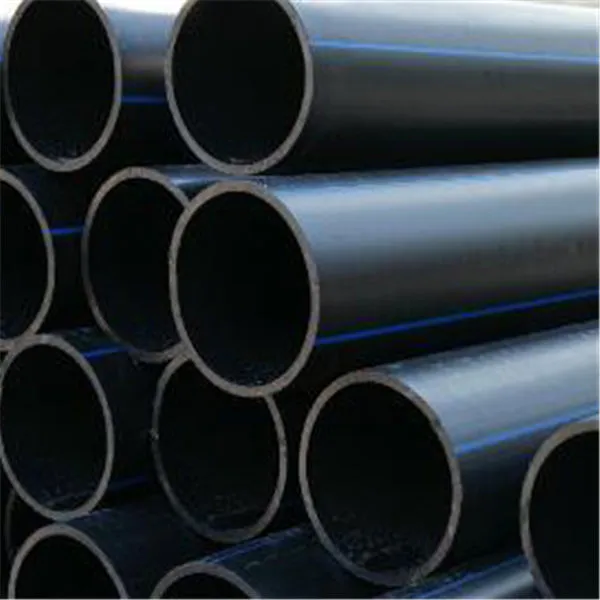Nov . 17, 2024 08:23 Back to list
Understanding Plumbing Pipes and Fittings for Efficient Installation and Repair
Understanding Plumbing Pipes and Fittings A Comprehensive Guide
Plumbing is an essential aspect of modern infrastructure, providing a reliable system for water supply and drainage in residential and commercial buildings. At the heart of any plumbing system are the pipes and fittings, which play a crucial role in conveying water and other fluids efficiently and safely.
Types of Plumbing Pipes
There are several types of plumbing pipes, each designed for specific applications. The most common materials used include
1. Copper Pipes Renowned for their durability and reliability, copper pipes are often used for both hot and cold water supply lines. They are resistant to corrosion and can handle high temperatures, making them ideal for various plumbing applications.
2. PVC (Polyvinyl Chloride) Pipes PVC pipes are widely used for drainage, waste, and vent systems. They are lightweight, easy to install, and resistant to chemicals, making them suitable for both indoor and outdoor applications. However, PVC is not recommended for hot water systems as it can warp under high temperatures.
3. CPVC (Chlorinated Polyvinyl Chloride) Pipes Similar to PVC, CPVC pipes can handle hot water and are also resistant to corrosion and chemicals. They are often used in residential plumbing systems for hot and cold water distribution.
4. PEX (Cross-Linked Polyethylene) Pipes PEX has gained popularity in recent years due to its flexibility and ease of installation. It is highly resistant to scale and chlorine, does not corrode, and can expand without breaking in freezing conditions, making it a preferred choice for many plumbers.
plumbing pipes and fittings

5. Galvanized Steel Pipes Previously a common choice for plumbing, galvanized pipes are now typically used in retrofitting older homes. They are durable but can rust over time, leading to leaks and reduced water quality.
Plumbing Fittings
Fittings are critical components that connect different sections of pipes and regulate the flow of water within the plumbing system. Common types of fittings include
- Elbows Used to change the direction of water flow in a plumbing system, typically at a 90-degree or 45-degree angle.
- Tees These fittings allow a branch line to be connected to the main line, creating a T shape that facilitates multiple water supply paths.
- Couplings Used to connect two straight sections of pipe, couplings are essential for extending or repairing existing pipes.
- Adapters These are used to connect pipes of different materials or sizes, allowing for greater flexibility in plumbing design.
In conclusion, understanding the various types of plumbing pipes and fittings is crucial for effective plumbing installations and repairs. Knowing the right materials to use and how to properly connect them ensures a reliable plumbing system that provides safe and clean water delivery while managing waste effectively. As plumbing technology continues to evolve, staying informed about the latest developments can help homeowners and professionals alike make informed decisions for their plumbing needs.
-
High-Quality PPR Pipes and Fittings Durable ERA PPR & PVC PPR Solutions
NewsJul.08,2025
-
Black HDPE Cutting Board - Durable, Non-Porous & Food Safe HDPE Plastic Cutting Board
NewsJul.08,2025
-
High-Quality CPVC Panel Durable HDPE & PVC Panels Supplier
NewsJul.08,2025
-
Double PE Welding Rod Supplier - High Strength, Durable & Versatile Welding Solutions
NewsJul.07,2025
-
High-Quality PVC-O Pipe Supplier Durable 75mm PVC Pipe & Connections Leading PVC Pipe Company
NewsJul.07,2025
-
HDPE Drainage Pipe Supplier – Durable & Corrosion-Resistant Solutions
NewsJul.06,2025

